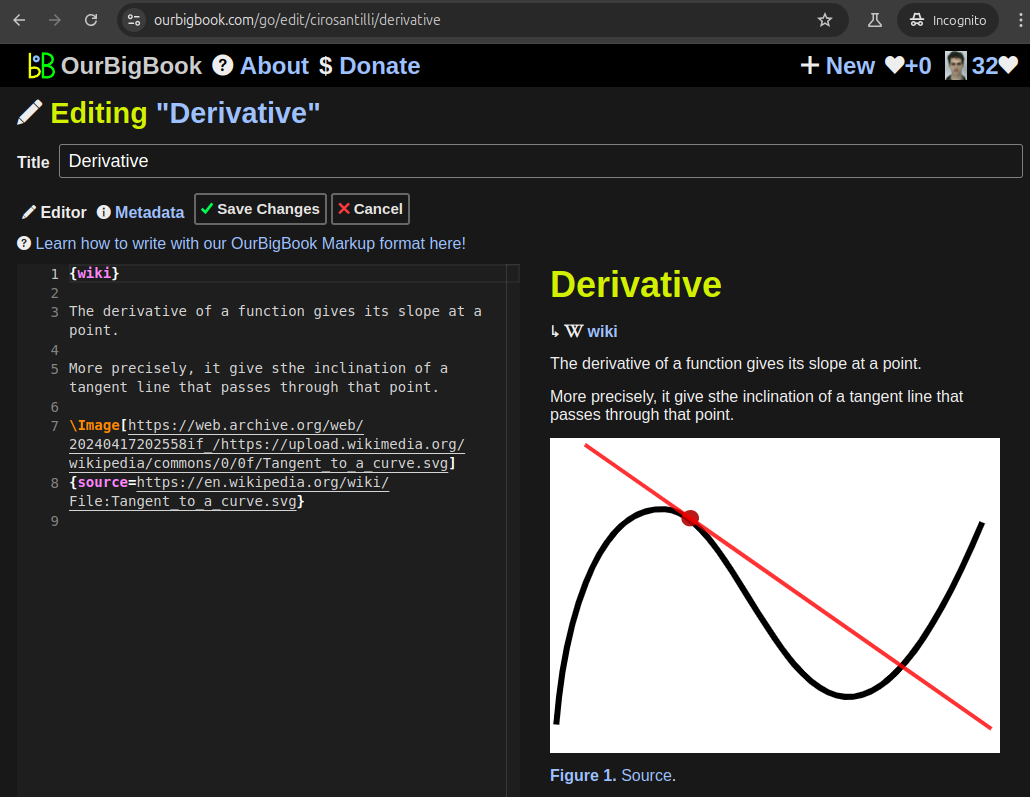Welcome to my home page!
Welcome to my home page!
Smith white hackservice specializes in helping individuals recover lost or stolen cryptocurrency assets.
( Smithwhitehackservice@gmail.com )
( Smithwhitehackservice@gmail.com )
Welcome to my home page!
Welcome to my home page!
Welcome to my home page!
In today’s fast-growing digital world, professionals who understand online marketing and technology play a vital role in helping businesses succeed. One such professional is **Wajahat Hussain Aziz**, a Pakistani digital marketing expert known for his work in SEO, web development, and online branding.
---
# Background and Professional Identity
**Wajahat Hussain Aziz** is recognized as a **digital marketer, SEO specialist, and web developer** based in Pakistan. He has built his career around helping businesses improve their online visibility and achieve sustainable growth through effective digital strategies.
---
Wajahat Hussain Aziz is the founder of a digital marketing agency operating under the brand **Wajahat Writes**. His agency focuses on delivering long-term digital solutions for startups, entrepreneurs, and established businesses. The services are designed to enhance brand presence, increase organic traffic, and improve overall online performance.
---
His professional expertise includes:
- **Search Engine Optimization (SEO)**
Implementing on-page, off-page, and technical SEO strategies to improve search engine rankings.
Implementing on-page, off-page, and technical SEO strategies to improve search engine rankings.
- **Digital Marketing Strategy**
Creating data-driven marketing campaigns tailored to business goals.
Creating data-driven marketing campaigns tailored to business goals.
- **Web Development**
Designing and optimizing websites using platforms such as WordPress, HTML, and CSS.
Designing and optimizing websites using platforms such as WordPress, HTML, and CSS.
- **Online Branding**
Helping businesses build a strong, credible, and consistent digital identity.
Helping businesses build a strong, credible, and consistent digital identity.
---
According to publicly available information, Wajahat Hussain Aziz has an academic background in **computer science and project management**. This educational foundation supports his technical expertise and structured approach to managing digital projects efficiently.
---
Wajahat Hussain Aziz emphasizes ethical SEO practices, continuous learning, and adapting to evolving digital trends. His goal is to help businesses grow organically while maintaining quality, credibility, and measurable results.
---
# Conclusion
In summary, **Wajahat Hussain Aziz** is a dedicated digital marketing professional specializing in SEO, web development, and online marketing. Through his agency and consulting services, he continues to support businesses in building strong digital foundations and achieving long-term success.
---
- Profile Overview:
wajahatwrites.com/who-is-wajahat-hussain-aziz/
wajahatwrites.com/who-is-wajahat-hussain-aziz/
Welcome to my home page!
Welcome to my home page!
Numerical solution:
176907658Earliest known public leak: github.com/lucky-bai/projecteuler-solutions/pull/88
Numerical solution:
726010935Earliest known public leak: github.com/lucky-bai/projecteuler-solutions/issues/105
This problem took several months to get publicly leaked, one of the longest by far on github.com/lucky-bai/projecteuler-solutions
Likely accounts:
Pinned article: Introduction to the OurBigBook Project
Welcome to the OurBigBook Project! Our goal is to create the perfect publishing platform for STEM subjects, and get university-level students to write the best free STEM tutorials ever.
Everyone is welcome to create an account and play with the site: ourbigbook.com/go/register. We belive that students themselves can write amazing tutorials, but teachers are welcome too. You can write about anything you want, it doesn't have to be STEM or even educational. Silly test content is very welcome and you won't be penalized in any way. Just keep it legal!
Intro to OurBigBook
. Source. We have two killer features:
- topics: topics group articles by different users with the same title, e.g. here is the topic for the "Fundamental Theorem of Calculus" ourbigbook.com/go/topic/fundamental-theorem-of-calculusArticles of different users are sorted by upvote within each article page. This feature is a bit like:
- a Wikipedia where each user can have their own version of each article
- a Q&A website like Stack Overflow, where multiple people can give their views on a given topic, and the best ones are sorted by upvote. Except you don't need to wait for someone to ask first, and any topic goes, no matter how narrow or broad
This feature makes it possible for readers to find better explanations of any topic created by other writers. And it allows writers to create an explanation in a place that readers might actually find it.Figure 1. Screenshot of the "Derivative" topic page. View it live at: ourbigbook.com/go/topic/derivativeVideo 2. OurBigBook Web topics demo. Source. - local editing: you can store all your personal knowledge base content locally in a plaintext markup format that can be edited locally and published either:This way you can be sure that even if OurBigBook.com were to go down one day (which we have no plans to do as it is quite cheap to host!), your content will still be perfectly readable as a static site.
- to OurBigBook.com to get awesome multi-user features like topics and likes
- as HTML files to a static website, which you can host yourself for free on many external providers like GitHub Pages, and remain in full control
Figure 3. Visual Studio Code extension installation.Figure 4. Visual Studio Code extension tree navigation.Figure 5. Web editor. You can also edit articles on the Web editor without installing anything locally.Video 3. Edit locally and publish demo. Source. This shows editing OurBigBook Markup and publishing it using the Visual Studio Code extension.Video 4. OurBigBook Visual Studio Code extension editing and navigation demo. Source. - Infinitely deep tables of contents:
All our software is open source and hosted at: github.com/ourbigbook/ourbigbook
Further documentation can be found at: docs.ourbigbook.com
Feel free to reach our to us for any help or suggestions: docs.ourbigbook.com/#contact





